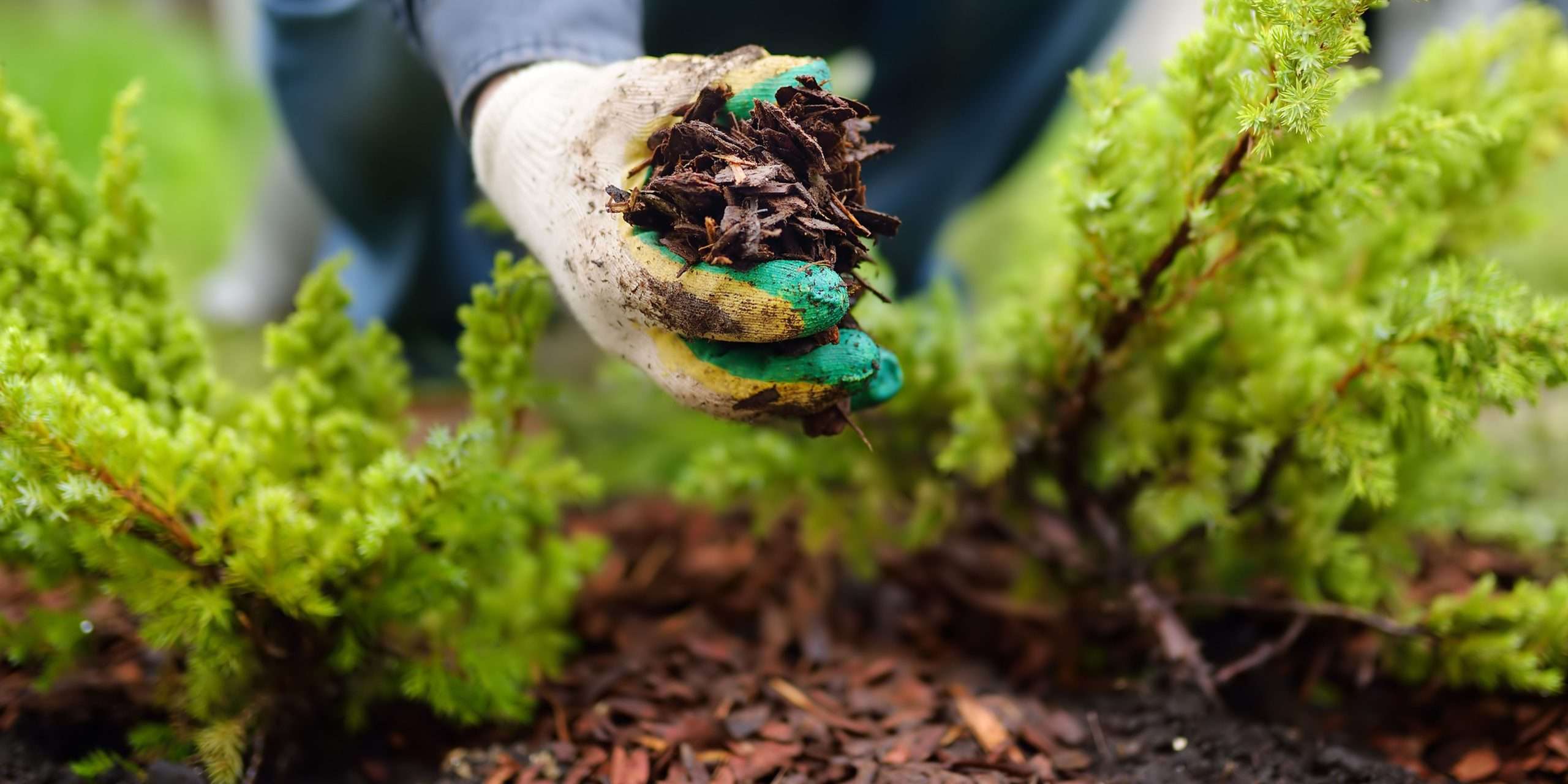Moisture Retention

Weed Suppression

Soil Health and Temperature Regulation

Erosion Control

Types of Mulch
a. Organic Mulch: Examples include wood chips, shredded bark, straw, or compost. Organic mulches enrich the soil as they break down, improving fertility and moisture retention.
b. Inorganic Mulch: Inorganic mulches include materials like gravel, pebbles, or landscape fabric. They are long-lasting and provide effective weed suppression but do not contribute to soil fertility.
c. Living Mulch: Ground covers or low-growing plants can act as living mulch. They provide similar benefits while adding beauty and biodiversity to your garden.

Proper Mulching Techniques
a. Prepare the area: Clear any existing weeds or debris before applying mulch.
b. Apply the right depth: Generally, aim for a layer of mulch around 2-3 inches in depth. Avoid piling mulch against the stems or trunks of plants to prevent moisture retention and rot.
c. Leave space around the stems: Create a small mulch-free area around the base of plants to prevent moisture buildup and potential rot.
d. Regular maintenance: Periodically check and replenish mulch as needed. Over time, organic mulch breaks down and may require topping up.

Mulch madness is all about harnessing the power of mulching in your garden. By retaining moisture, suppressing weeds, improving soil health, and controlling erosion, mulch becomes a valuable ally for plant growth and overall garden success. Choose the right type of mulch for your needs and apply it correctly to reap its many benefits. Embrace mulching as a simple yet effective practice to elevate your gardening game and enjoy a thriving and beautiful landscape.


